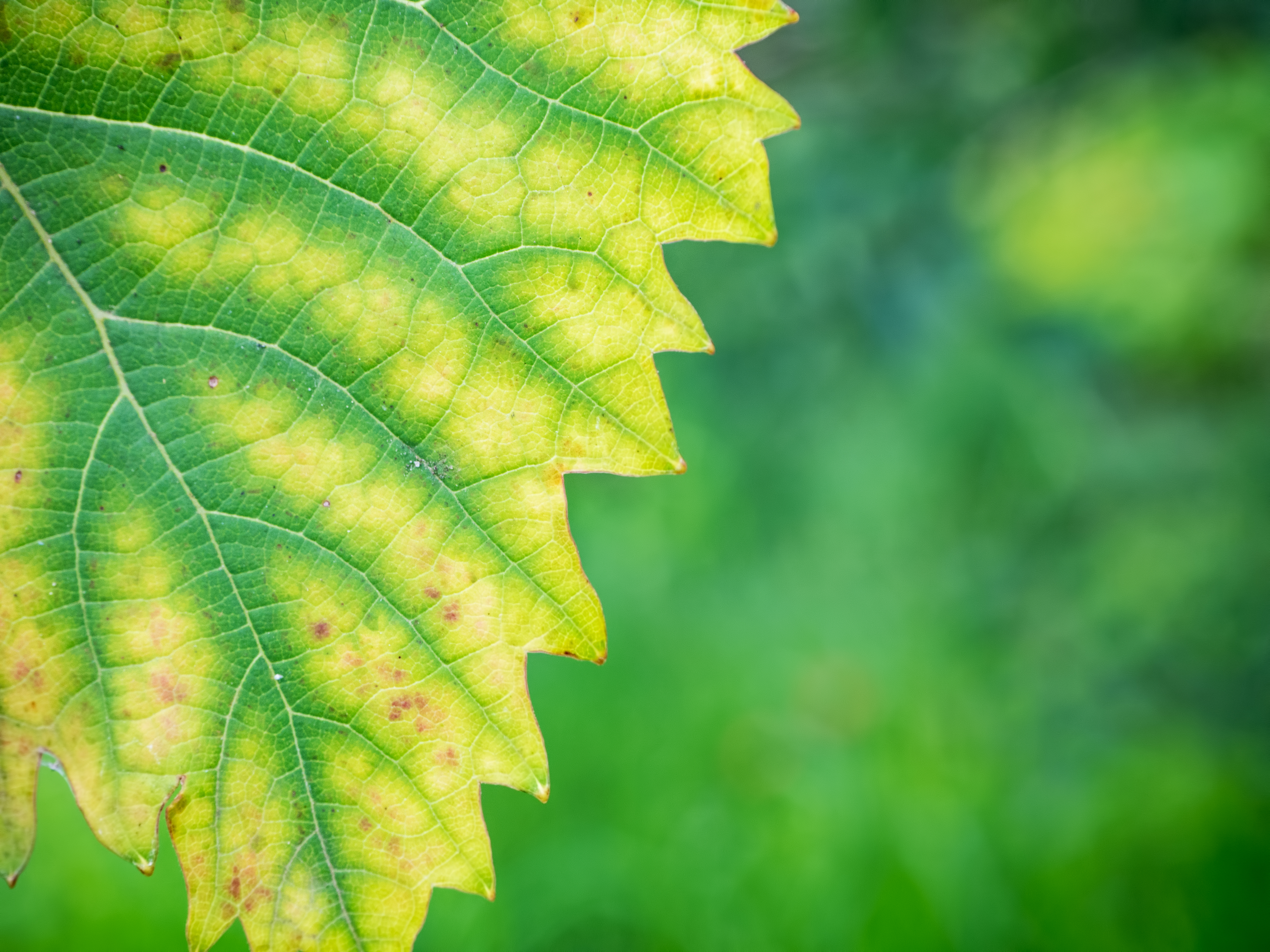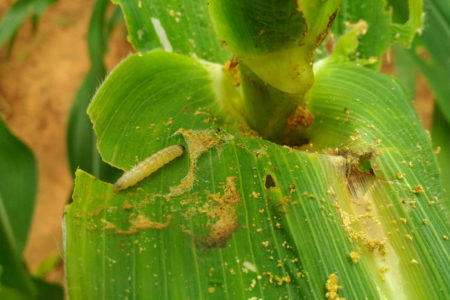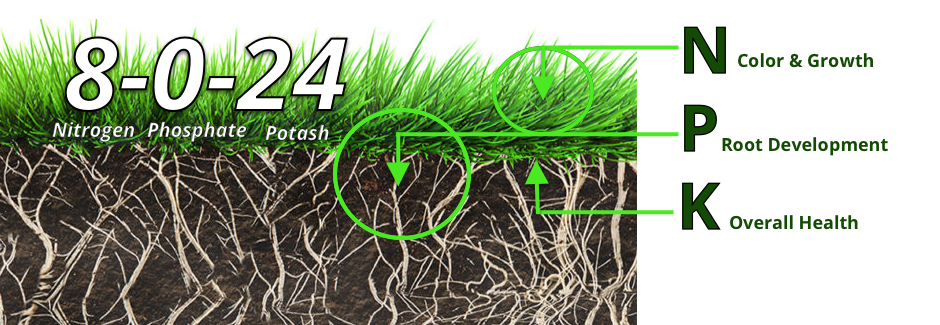17 May K&P and Plant Stress
K&P and Plant Stress
All of Amp Agronomy™’s products were developed with plant stress in mind. Plants are always under some sort of stress every minute of every day. It is actually rare for all things to be in perfect condition for a plant’s growing environment. In fact, all plants and crops are continuously subjected to oxidative biotic and abiotic stress due to a wide variety of environmental factors. But first off, what exactly is plant stress?
What is Plant Stress?
Plant stress occurs any time a plant is grown in environmental conditions that are less than optimal. When a plant is stressed, it triggers a molecular and cellular process to fix the issue. Common types of abiotic plant stressors consist of:
- Water stress (inadequate or excess water)
- Temperature Stress (heat stress or cold stress)
- Disease stress
- Insect pressure stress
- Salinity stress
- Nutrient deficiency
- Nutrient toxicity
- Mechanical stress (equipment, compaction, harvesting)
In comparison to abiotic stressors, there could also be a presence of biotic stressors such as pests and pathogens. If fungicides, nematicides, bactericides, or miticides are being used, it means that the plant’s growing conditions are in such poor quality that they have become vulnerable to pests and diseases in the first place. The pests and diseases are simply a “symptom” of the problem. Eliminating pests isn’t going to increase the overall quality of a plant’s growing conditions; it just puts a band-aid on the immediate damage. Therefore, a single-minded approach focused on the elimination of pests and pathogens is the greatest detriment to managing plant stress. To address the actual problem, it is important to understand the biochemical nature of a plant’s stress response.
Click through the slider above to see visual representations of common plant stressors: water stress, temperature stress, disease stress, and insect pressure.
How does it work?
All of the above types of plant stressors cause some form of physio chemical response in plants. When a plant is exposed to stress, it focuses so much of its energy on fixing the issue that it has to divert energy from normal or productive growth processes. The biochemical compounds the plant works to produce are usually toxic to the plant as well. With that being said, not only is the plant putting a halt to its productive growth process—it is also dispelling toxic biochemicals that although fix the problem, linger even after the issue is resolved.
Treatment and Prevention
It is important to understand that a plant’s first response to stress is to look for mineral and carbon nutrition to react to the stress event. However, for the plant to be stressed, the agronomic environment is usually lacking these components in the first place. For this reason, it is important to add nutrients into the soil for the plant to use. Traditional pounds per acre fertilizer does not properly handle plant stress because of the lack of mineral and carbon nutrition in traditional synthetic fertilizers that are required to help combat various stress events continually faced by all plants.
Phosphorus & Potassium
Nitrogen, potassium, and phosphorus are the three primary macronutrients all plants need and are often present in fertilizers. Potassium is an essential plant nutrient and is required in large amounts for proper growth and reproduction of plants. Potassium is considered second only to nitrogen, when it comes to nutrients needed by plants, and is commonly considered as the “quality nutrient.”
It affects the plant shape, size, color, taste and other measurements attributed to healthy produce. Potassium’s many important roles in plants include:
- In photosynthesis, potassium regulates the opening and closing of stomata, and therefore regulates CO2 uptake.
- Potassium triggers activation of enzymes and is essential for production of Adenosine Triphosphate (ATP). ATP is an important energy source for many chemical processes taking place in plant issues.
- Potassium plays a major role in the regulation of water in plants (osmo-regulation). Both uptake of water through plant roots and its loss through the stomata are affected by potassium.
- Improves drought resistance.
- Protein and starch synthesis in plants require potassium as well. Potassium is essential at almost every step of the protein synthesis. In starch synthesis, the enzyme responsible for the process is activated by potassium.
- Activation of enzymes – potassium has an important role in the activation of many growth related enzymes in plants.
However, if there is not enough potassium available your plants will suffer the following consequences.
- Chlorosis
- Slow or stunted growth
- Poor resistance to temperature changes and drought
- Defoliation
- Poor resistance to pests
- Weak and unhealthy roots
- Uneven ripening of fruits
Click through the slider above to see visual representations of potassium deficiency: chlorosis, unhealthy roots, and uneven ripening of fruit.
It is important to note that plants only absorb potassium in its ionic form: K+. K&P+™️ is a Catalyst Technology™ reacted plant nutrient high in potassium and phosphorus. Catalyst Technology nano-sizes nutrients to deliver them to the plant in it’s plant-available form, and chelates nutrients to prevent soil lock-up with other nutrients that may currently reside in the soil. K&P+ is unique in its ability to promote specific compounds designed to assist the plant in dealing with oxidative, biotic and abiotic stresses, which all plants and crops are continuously subjected to.






